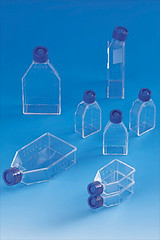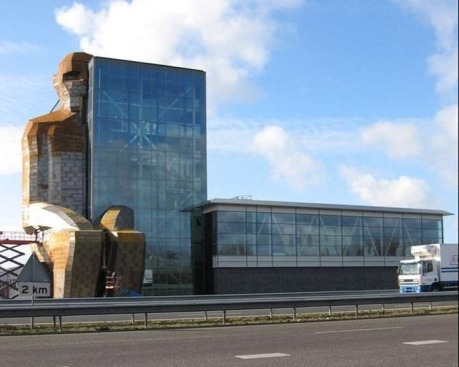I guess this quote encapsulates the notion of a current ‘material turn’:
There is the feeling that this is the moment in which understanding material culture, something central to humanity, its past and future, is being achieved at a level beyond anything that had previously been imagined
Says Daniel Miller in his blurb to the Oxford Handbook of Material Culture Studies, edited by Dan Hicks and Mary Beaudry and forthcoming on Oxford University Press in September. See the list of contents here.
The prepublished introduction, “Material Culture Studies: a reactionary view” gives an indication of the range of disciplinary backgrounds and topics treated. They call their approach ‘reactionary´, because they are “unpicking the culturalist uses of materials that developed during the 1980s and 1990s”; they want to present an alternative to “pure culturalism” and let things in again.
Accordingly the editors have invited contributors from four different diciplinary perspectives upon material things: archaeology, anthropology, geography, and science and technology studies (STS), giving “a snapshot of the wide range of approaches to material things that emerge from putting distinctive methods into practice, and working within particular traditions of practice and enquiry”.
Yet they hesitate to call this edited volume a contribution to “a material turn that would replace the anthropocentric linguistic or cultural turn of the 1980s”. It is, they suggest, in the transdisciplinary reception of actor network theory “that the strongest possible model for what a ‘material turn’ would look like is developing”. However, such a material turn “would simply extend, through a rhetorical inversion, the cultural turn of the 1980s”.
Good point! In other words, they don’t find “a new series of ‘turns’: turn upon turn” attractive, it would just “add up only to academic spin” (I couldn’t agree more).
None of the contributors seem to address the problems of materiality in science, technology and medical museums (let alone museums in general) directly. Nevertheless, I will expect this volume, in spite of being so heftily priced, to become obligatory reading for science, technology and medical museum scholars.
Let’s get back to the topic when it has been published.
 This year’s Golden Days festival in Copenhagen is organized under the theme The 1700s – Globalization, Gossip and Greed — and we are part of it (of course).
This year’s Golden Days festival in Copenhagen is organized under the theme The 1700s – Globalization, Gossip and Greed — and we are part of it (of course).
 Here’s the list of speakers at the 15th biannual conference of the European Association of Museums for the History of Medical Sciences, to be held at Medical Museion, 16-18 September 2010, on the theme ‘Contemporary medical science and technology as a challenge to museums´.
Here’s the list of speakers at the 15th biannual conference of the European Association of Museums for the History of Medical Sciences, to be held at Medical Museion, 16-18 September 2010, on the theme ‘Contemporary medical science and technology as a challenge to museums´.

 I’m thinking of the
I’m thinking of the  I’ve only read about it on their website, so maybe I’ll change my mind if I visit it IRL.
I’ve only read about it on their website, so maybe I’ll change my mind if I visit it IRL.